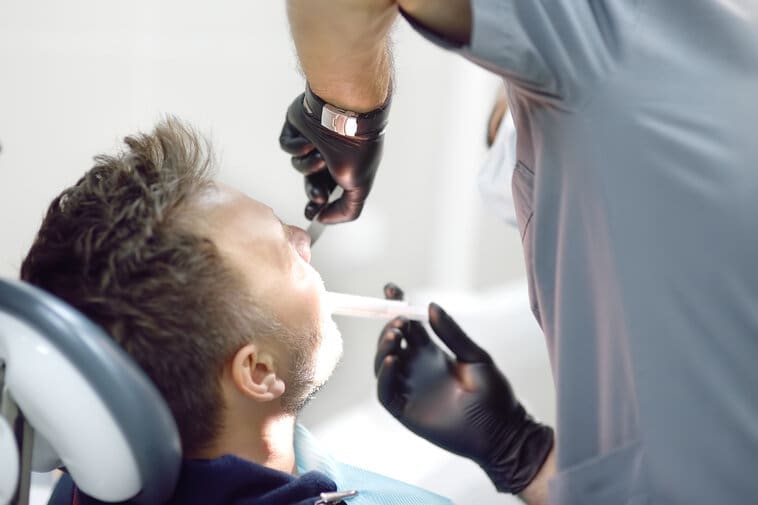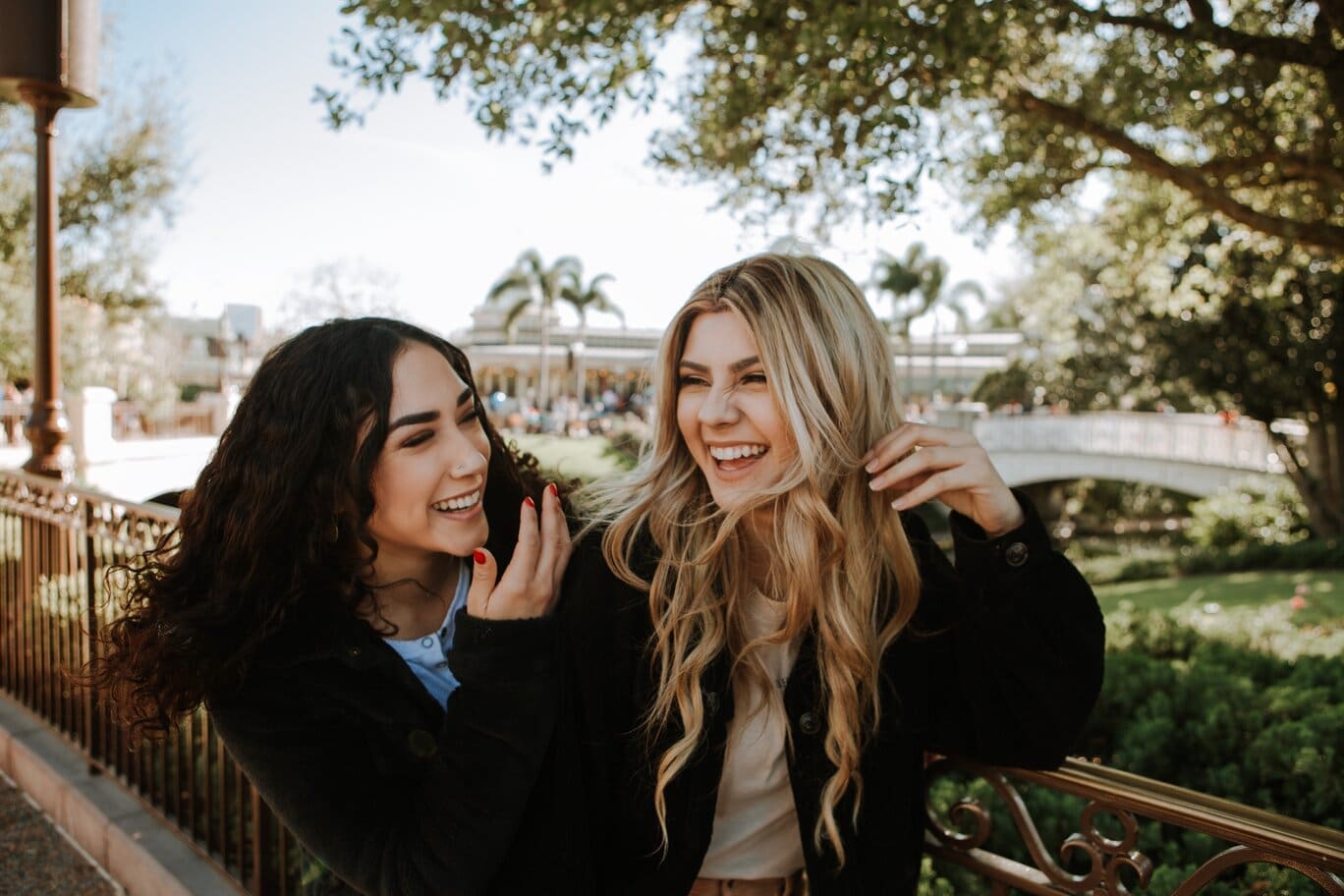Laser Dentistry: Benefits, Procedure, and Treatment Types 100%
Laser methods are employed in Lexington cosmetic dentistry, although you may already be familiar with them from the medical and cosmetic surgery fields. Although lasers
Home » Archives for September 2022
Laser methods are employed in Lexington cosmetic dentistry, although you may already be familiar with them from the medical and cosmetic surgery fields. Although lasers

Laser methods are employed in Lexington cosmetic dentistry, although you may already be familiar with them from the medical and cosmetic surgery fields. Although lasers

Tongue-tie is a condition that affects the frenulum, which is the tissue under the tongue that connects it to the floor of the mouth. It

Laser gum surgery is a newer type of procedure that is becoming increasingly popular. It is often advertised as being less painful and more effective

Dr. Rebecca R. Hill, Melissa A. Richard, and Dr. Britt F. Pados have recently published an article titled “Breastfeeding Symptoms with Tongue- and Lip-Tie” on

Gum disease is a serious infection that can damage the bone and tissue supporting your teeth. See a dentist if you think you may have

Most patients prefer to have whiter-looking teeth, and there are a few ways to achieve this. They can either visit a dentist and get the

Laser gum surgery is a minimally invasive surgical procedure that can be used to treat a number of different gum diseases. The laser gum procedure